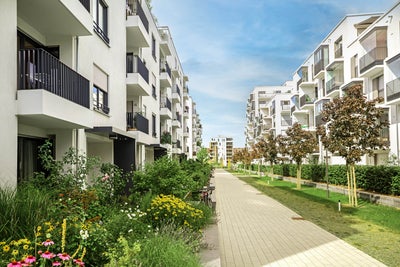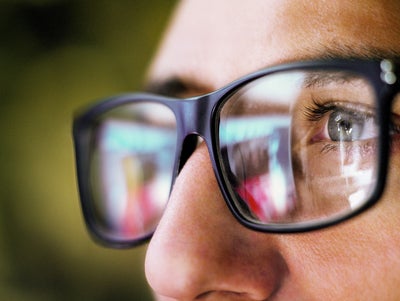
Embrace the future of energy management with smart devices and automated services to future-proof your property. Boost your bottom line by enhancing energy efficiency and cutting costs.
Managing residential properties efficiently presents numerous challenges, from maintaining cost-effective operations to ensuring tenant satisfaction and regulatory compliance. Property managers and owners frequently struggle with optimising energy use, streamlining billing processes, and keeping up with the dynamic demands of the property market.
These challenges require sophisticated, integrated solutions that can adapt to both the complexities of property management and the evolving needs of residents. ista’s suite of services addresses these challenges head-on by offering a comprehensive range of tools and technologies tailored for the residential property sector.
With our comprehensive services, you can rest easy knowing that your billing and utility expenses are taken care of, leaving you free to focus on other important aspects of property management.


Save time and money with remote metering and transparent water billing solutions.

Control electricity costs with precise billing, invoicing, and remote meter management.

Manage payments with 24/7 access, and versatile payment options.
With our digital services, you can benefit from our experience and expertise in energy management, ensuring your properties are optimised for energy efficiency and cost savings. Our customised approach takes into account the unique needs of each property, ensuring optimal results.



Ensure precise billing and secure debt recovery with our service.

Boost efficiency with smart utility data collection for your properties.
Our digital solutions are designed to help our clients reduce their environmental impact, improve health and safety in their buildings, and reduce energy costs.

